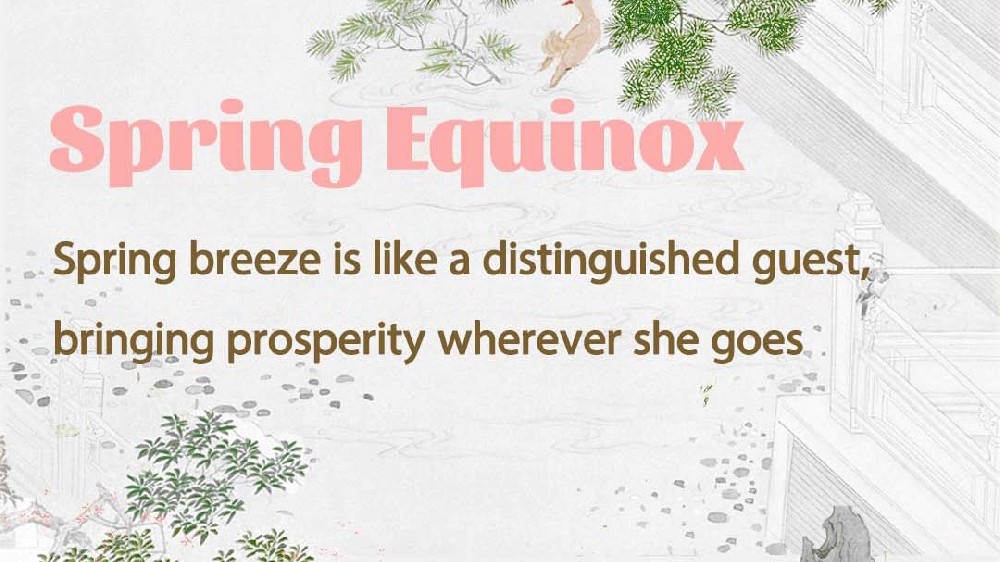
Hainan’s Nanyang: Where Southeast Asia Meets China’s Southern Coast
In the heart of Wenchang’s Wennan Old Street, people wearing kebaya—floral-print blouse embroidered with jasmine vines- walk along the street decorated with faded murals of a ship navigating stormy seas. The murals, peeling at the edges, depict the journey of Hainanese emigrants who sailed to Southeast Asia in the early 20th century, returning with stories, spices, and architectural marvels that transformed their homeland. Today, Hainan’s Nanyang culture—a vibrant fusion of Chinese roots and Southeast Asian flair—stands as a testament to resilience, trade, and identity.

Chapter I: Architecture as a Diaspora’s Diary
The Qilou (arcade) buildings of Haikou and Wenchang are more than just relics; they are living chronicles of Hainan’s maritime odyssey. Erected between the 1920s and 1940s by returning emigrants, these structures blend European neoclassical facades with Chinese bracket sets and tropical motifs.
At Haikou’s Qilou Street, once a hub for rubber and spice traders, the walls are adorned with intricate carvings of lotus flowers and mythical Qilin creatures—a nod to both Chinese folklore and Javanese temple art.
Take the Zhongshan Road Arcade: its arched windows, imported from France, frame views of coconut vendors and street food stalls selling kaya toast and teh peng (iced tea). “These buildings were designed to whisper stories,” explains architect Li Wei, who restores heritage sites. “Every column, every stained glass pane, tells of a family’s triumph over the South Seas.”
In Wenchang’s Wennan Old Street, the Lin Family Ancestral House epitomizes this cultural mosaic. Built by a returning rubber baron, its walls fuse Peranakan shophouse aesthetics with Hainanese thatched roof techniques. A brass plaque above the doorway reads: “Built with profits from Singapore rubber, 1932.” Today, the house hosts exhibitions on Nanyang cuisine, where visitors can taste kolo mee (Hainanese vermicelli salad) and satay laksa—dishes born from centuries of cross-cultural exchange.
Chapter II: Flavors of the South Seas
Hainan’s culinary landscape is a riot of aromas: the smokiness of satay, the tanginess of tamarind, and the floral sweetness of pandan. Central to this is daun kesum (Vietnamese coriander), a herb that arrived with 1930s émigrés and now infuses everything from pho-inspired noodle soups to wedding banquet desserts.
No discussion of Nanyang cuisine is complete without kopi-o kosong (black coffee), a staple in Hainan’s kopi tiam (coffee shops). Introduced by Teochew immigrants, the bitter brew is served with condensed milk and kaya toast—a breakfast ritual preserved in towns like Qionghai, where elderly men gather at dawn to sip coffee and reminisce about Penang’s kopitiams.
Chapter III: The Rhythms of Belonging
In Xinglong, a town dubbed “Hainan’s Little Kuala Lumpur,” mornings begin with the clatter of batik fabrics being ironed and the hum of gamelan music. Here, the “Xinglong Mandarin” —a creole blending Hainanese dialect, Hakka tones, and Indonesian inflections—reflects a community straddling two worlds.
The town’s annual Nanyang Cultural Festival transforms the streets into a sensory feast. Men in songkok hats perform joget dances, while women in kebayas sell lemper (sticky rice rolls) and es potong (iced jelly). On stage, a Dikir Barat choir—a Malaysian choir tradition—sings verses about the South China Sea, accompanied by rebab (spike fiddles) and gong chimes. It’s not about nostalgia, it’s about claiming our place in both histories.
Epilogue: Tides of Change
As Hainan pivots toward global tourism and tech innovation, its Nanyang heritage faces new challenges. Gentrification threatens Qilou buildings, while younger generations gravitate toward fast food and TikTok trends. Yet, grassroots efforts thrive: in Wenchang, chefs revive kolo mee using heirloom recipes, while architects repurpose arcades into co-working spaces with murals depicting emigrant ships.
